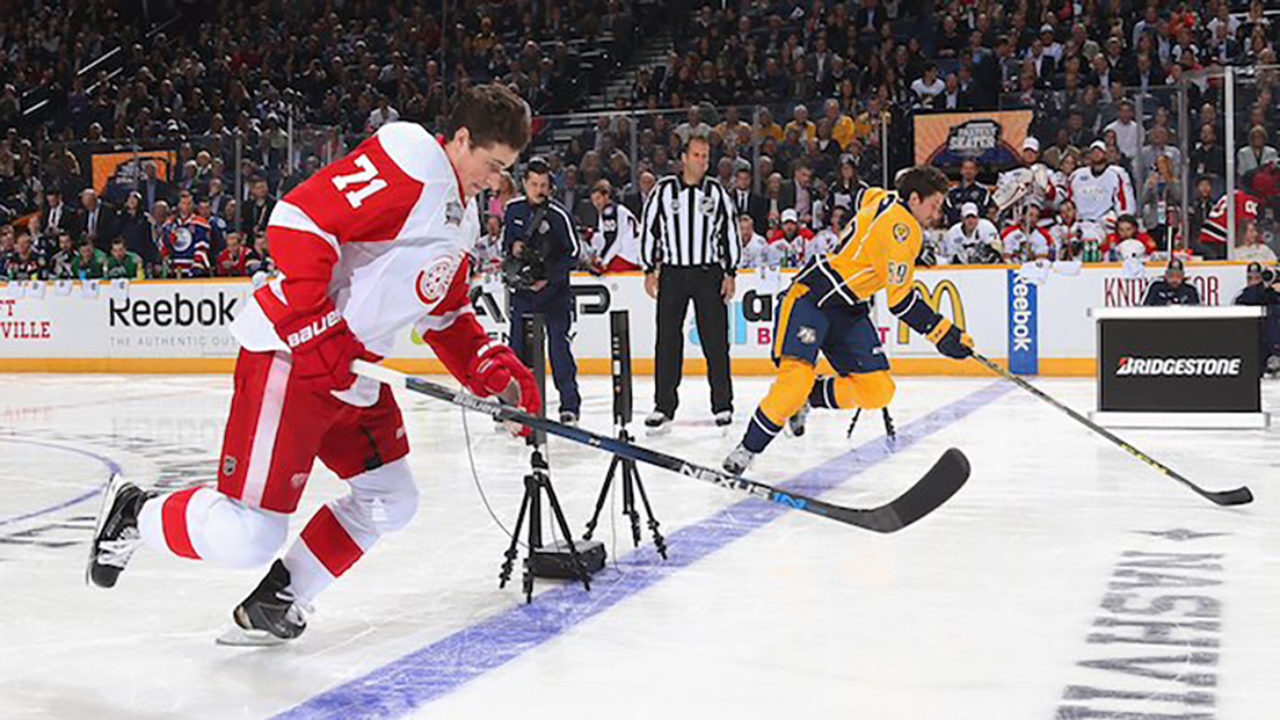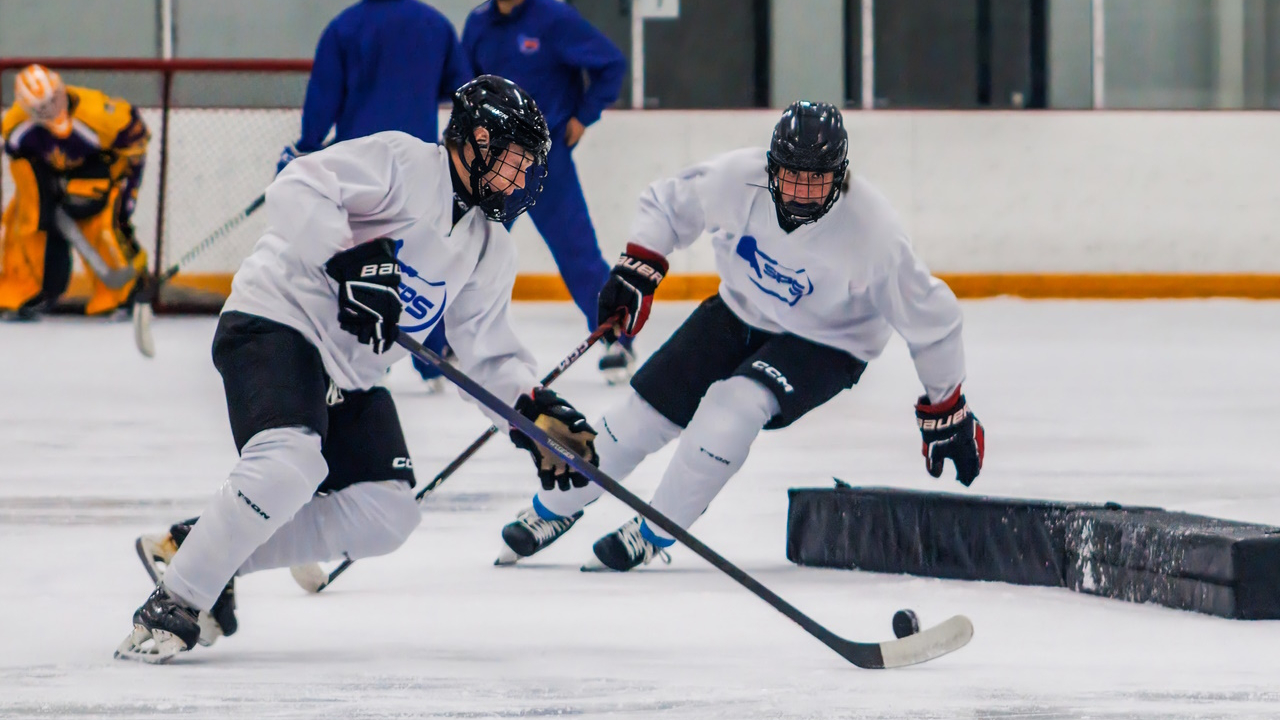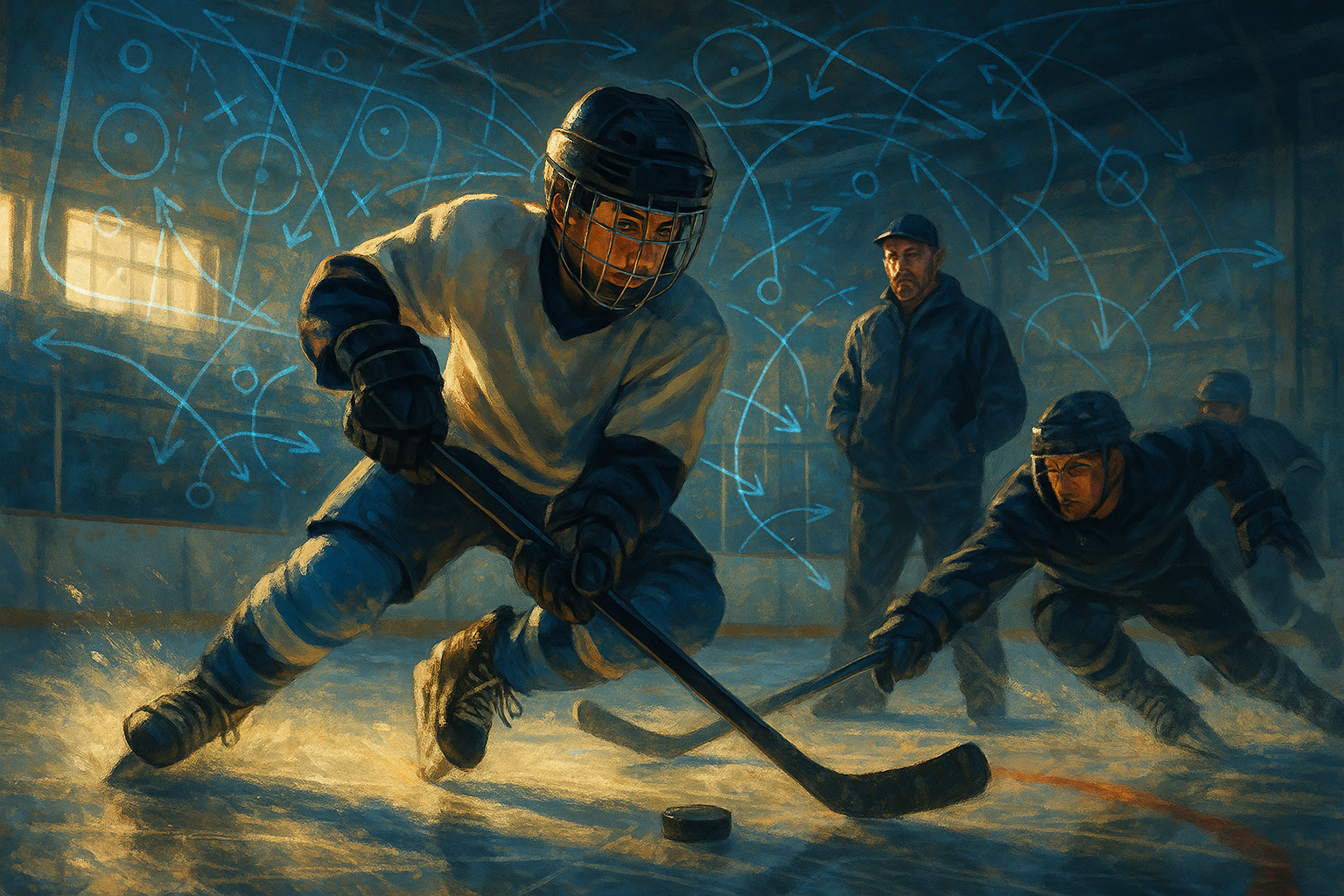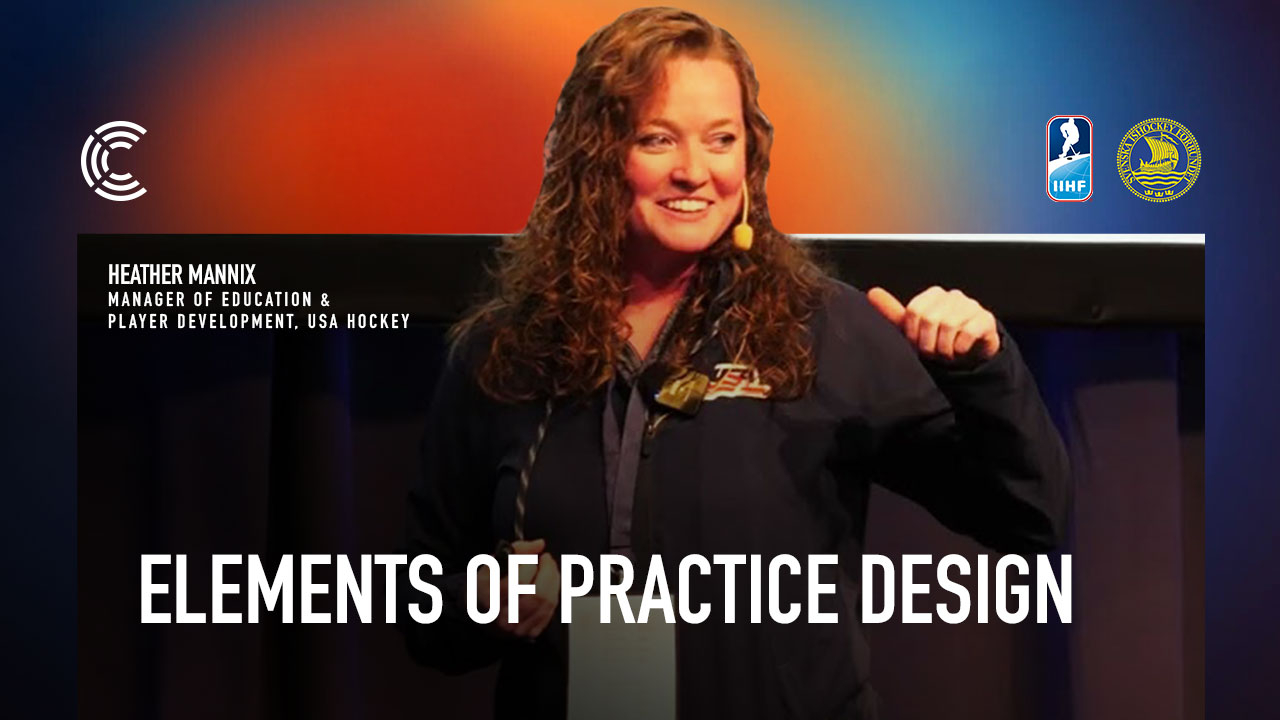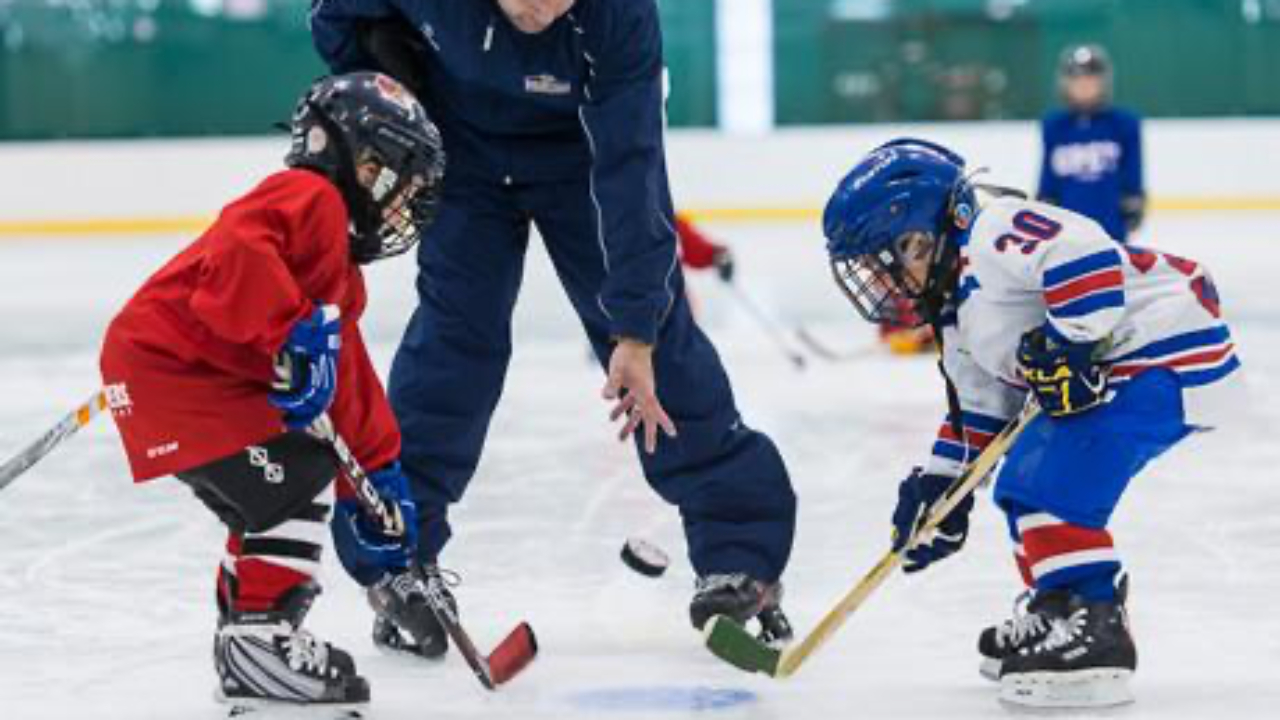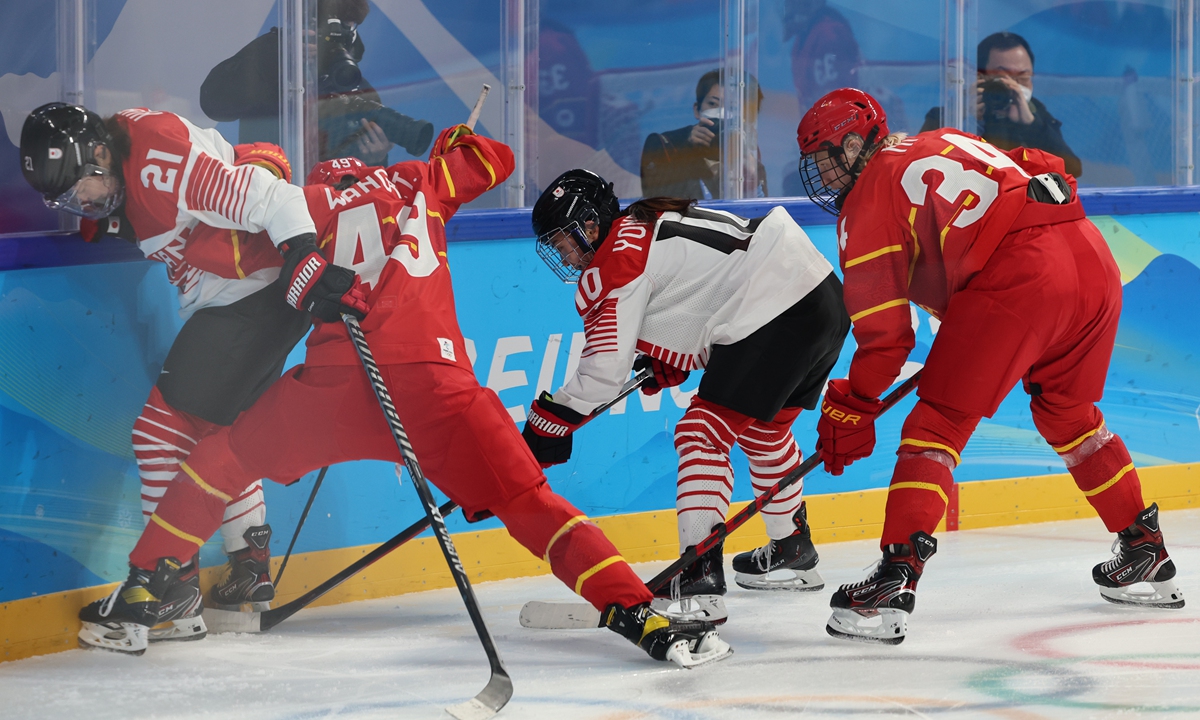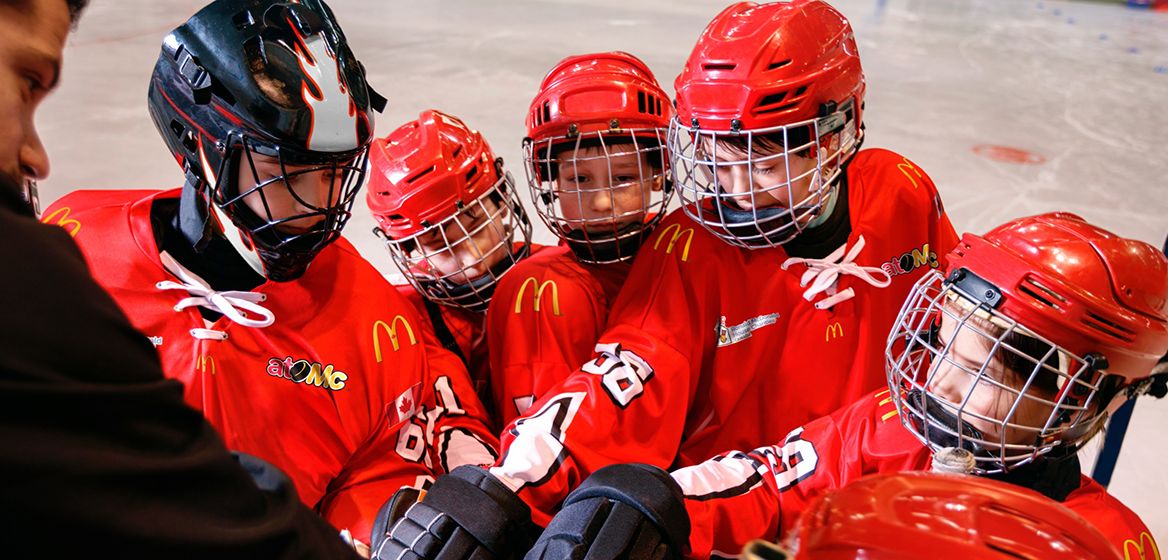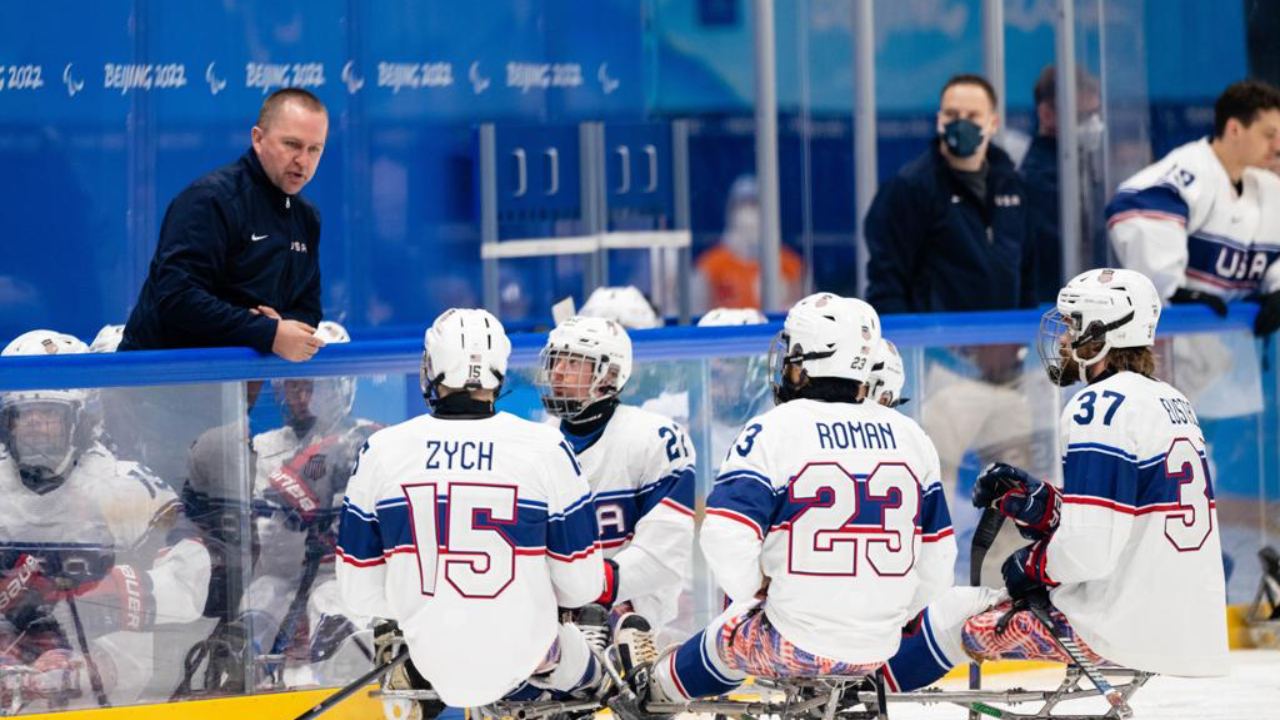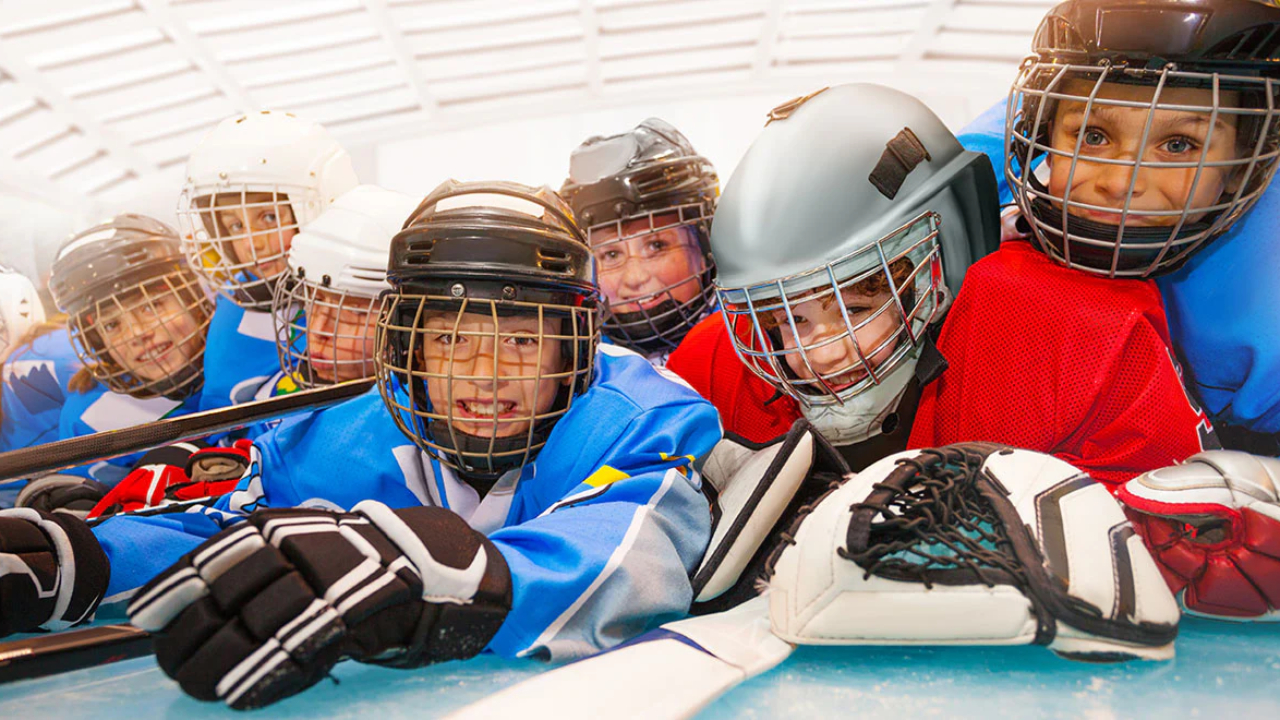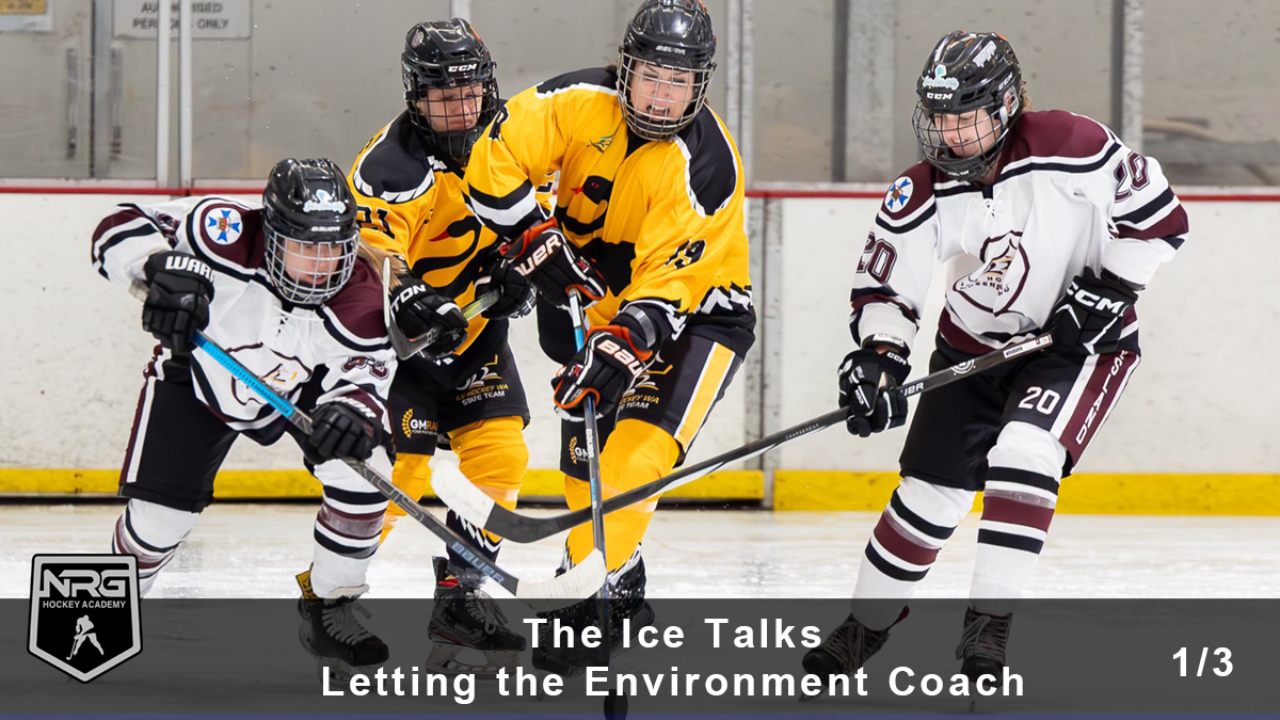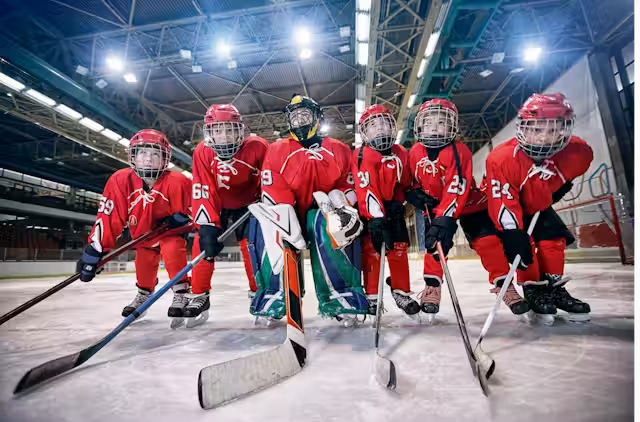
Part 1: Why Chaos Creates Smarter Athletes
Part 1 of 5 in the “Teaching Through Chaos” Series
By Coach Barry Jones. IIHF Level 3. USA Hockey Level 3.
If it looks messy… You might be doing it right.
Picture this:
Pucks flying. Players bumping. Decisions are being made faster than you can say “wheel it.”
No cones.
No lines.
No perfectly executed reps.
Just organised chaos.
And that’s where the magic happens.
Because in sport, real sport, chaos isn’t the enemy. It’s the environment. And it’s time we stopped trying to coach it out of our sessions.
The Game Isn’t Clean. So, Why Are Our Practices?
For decades, we’ve coached like the game is something we can segment, isolate, and teach piece by piece.
Skating drills. Passing drills. Shooting drills.
Then a scrimmage at the end. Like glue to hold it all together.
But here’s the problem.
The game doesn’t work that way.
It’s dynamic. Messy. Unscripted.
And if you’re only training players in isolation, you’re teaching them for a version of the game that doesn’t exist.
Enter Ecological Dynamics, coaching for the Real World.
Ecological dynamics isn’t a buzzword. It’s a lens.
It combines motor learning, psychology, and systems science to help us understand one simple truth:
Athletes don’t just learn skills. They learn in environments.
Rather than teaching movement patterns, we create environments where skills emerge through interaction. We shape the learning space, not just the drill.
This isn’t soft science. It’s how top coaches develop adaptable athletes, from grassroots to high performance. And it’s the approach I bring into every rink session, whether I’m running early morning skill work at NRG or helping a state team prepare for nationals.
The Role Shift – From Drill Sergeant to Designer
The coach of the past controlled everything.
• Start on this whistle
• Move to that cone
• Execute this technique
The coach of the future?
They design environments that invite the athlete to problem-solve.
In an ecological approach, the coach becomes less of a director and more of a designer. Less about prescribing, more about provoking.
Instead of saying “do it like this,” we ask, “Can you find a better way?”
Instead of chasing perfect reps, we chase better decisions.
Why Chaos Works
Here’s the irony.
When you stop trying to control the chaos, athletes get more intelligent.
• They read plays faster
• They adapt to pressure
• They learn to make decisions, not just movements
And they do it through the mess. Not by avoiding it.
This kind of learning is what I call sticky. It sticks because it’s earned through trial, error, and adjustment. Through failing forward. Through live reps inside a designed game environment.
What’s Coming Next in the Series
This is just the start.
In the next four blogs, we’ll dig deeper into:
• How perception–action coupling shapes skill
• Why sticky learning beats short-term memory
• How to design small area games for decision-making
• Real coaching stories from para, neurodiverse, and women’s athletes
• And how to create inclusive, athlete-centred chaos that builds smarter players across all levels
Final Thought
If your session looks perfect from the outside…
If every rep is clean…
If no one is struggling…
Ask yourself:
Are they learning the game? Or just learning the drill?
Let’s stop polishing practices.
Let’s start teaching through chaos.

